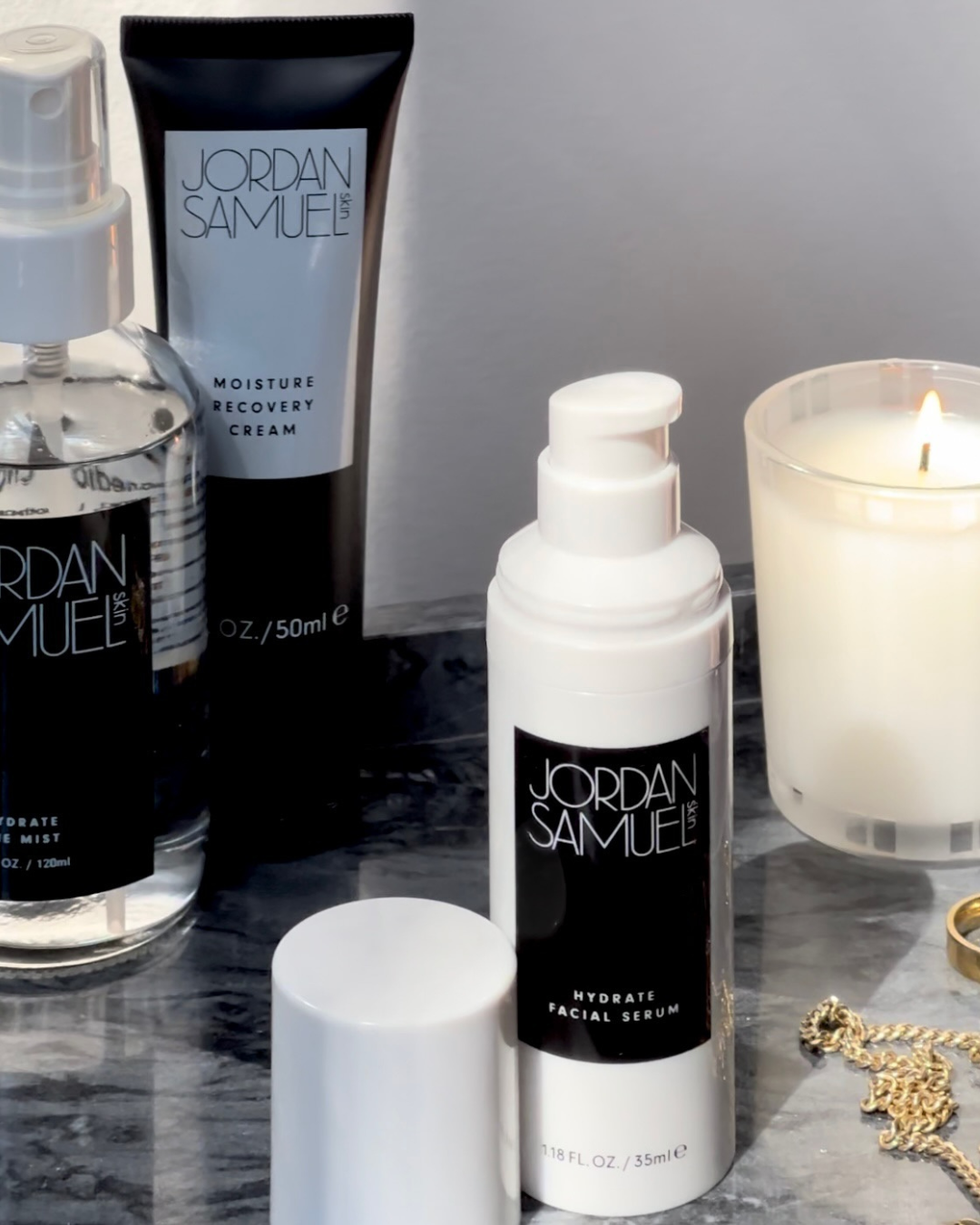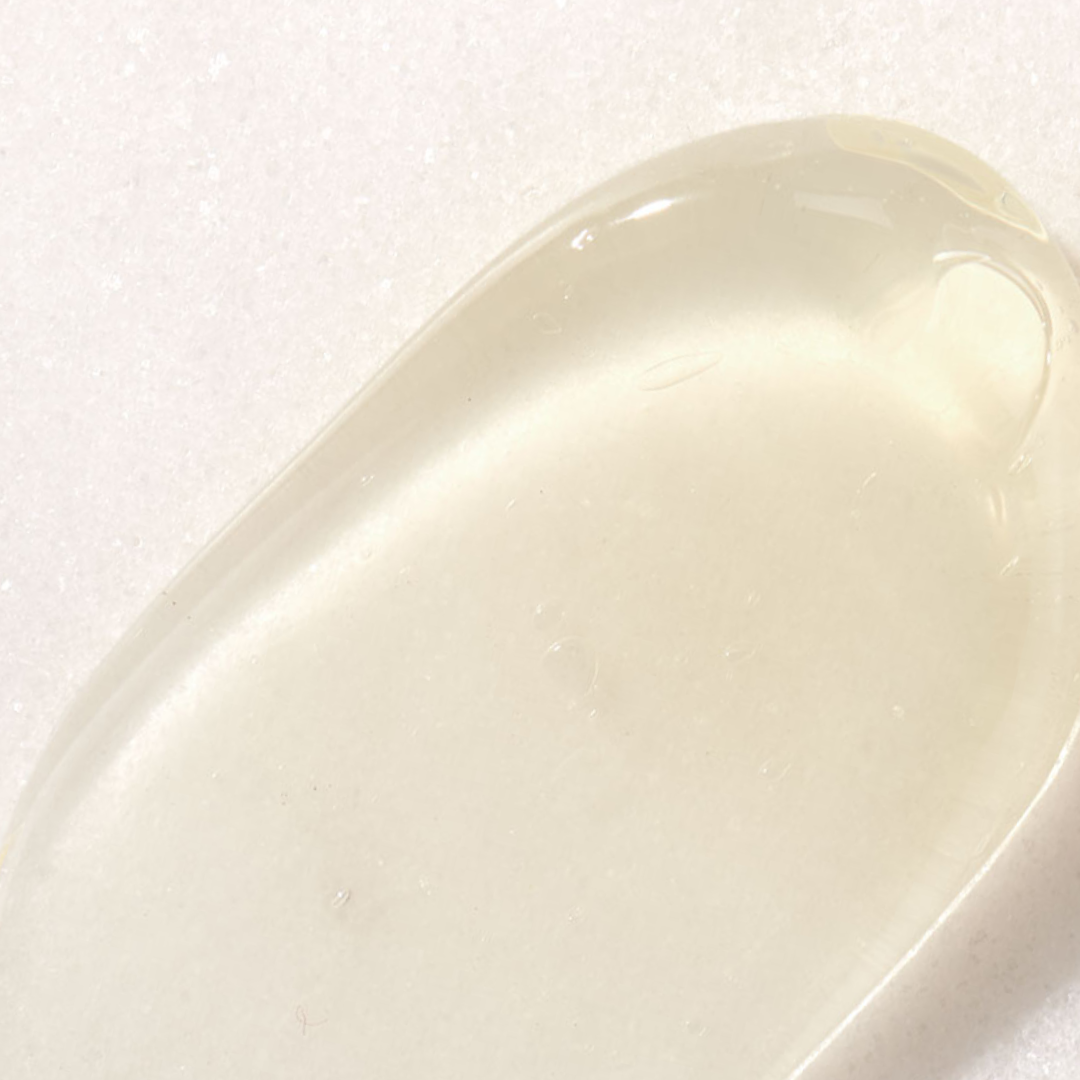Skincare tech can be a minefield. It’s rife with overambitious marketing claims and can produce wildly hit-or-miss results. Despite my inherently skeptical view, I’m a big fan of one recent trend in skincare tech: LED therapy.
LED therapy has been around for decades—starting in the 1980s when NASA developed its use for returning astronauts—but it has recently become much more accessible. Its slick, space-age good looks have also certainly helped boost LED’s cool factor on platforms like Instagram. But what does it do? How does it work? And can it really deliver on its promises?
What is LED?
LED treatments use devices fitted with light emitting diodes (abbreviated as LEDs). They emanate infrared light and release some heat. Various LEDs utilize different wavelengths, which result in different colors. Each wavelength delivers its own set of skincare benefits.
What does LED do for skin?
The two major players in LED treatments are red and blue light. Other colored wavelengths do exist, but are far less common. Red LED penetrates a little bit deeper to stimulate the dermal layers, where your skin’s fibroblasts form new collagen and elastin. Results from red LED focus on addressing signs of aging or damage while smoothing and rejuvenating the skin. Blue LED, by contrast, helps kill P. acnes bacteria on skin’s surface—a major cause of breakouts. Both red and blue LEDs emit gentle heat that stimulates circulation, and both show some promise in reducing inflammation. They can even be used together for full-spectrum benefits.
What about at-home use?
The market is flooding with at-home LED devices. To be blunt, they are a mere fraction as powerful as the LEDs I use on my clients during facial treatments. And they should be! A powerful device in untrained hands is a recipe for disaster or injury. The gentler at-home devices are a low-risk way to extend the benefits of a more powerful in-office LED treatment. They also allow for more consistent LED use, and as I always say, consistency is key.
If you like the way your skin looks after a facial, at-home LEDs can prolong that glow. However, their reduced potency means they aren’t a replacement for in-office treatments if you want to see dramatic change.
My take on LEDs
Bottom line: I like LED therapy. It offers both immediate results (i.e. glowing skin from increased circulation) and cumulative benefits for skin damage, signs of aging, and acne sufferers. One of my favorite uses involves applying a clear hydrating or calming mask (or even a thick layer of Hydrate Facial Serum mixed with an oil) before turning on my LEDs. Since the light can still penetrate through a clear product, this method gives you the benefits of masking and LED in half the time. As an added bonus, the gentle heat of the LEDs feels incredibly relaxing—and when you feel good, you look good!
XO,
Jordan





